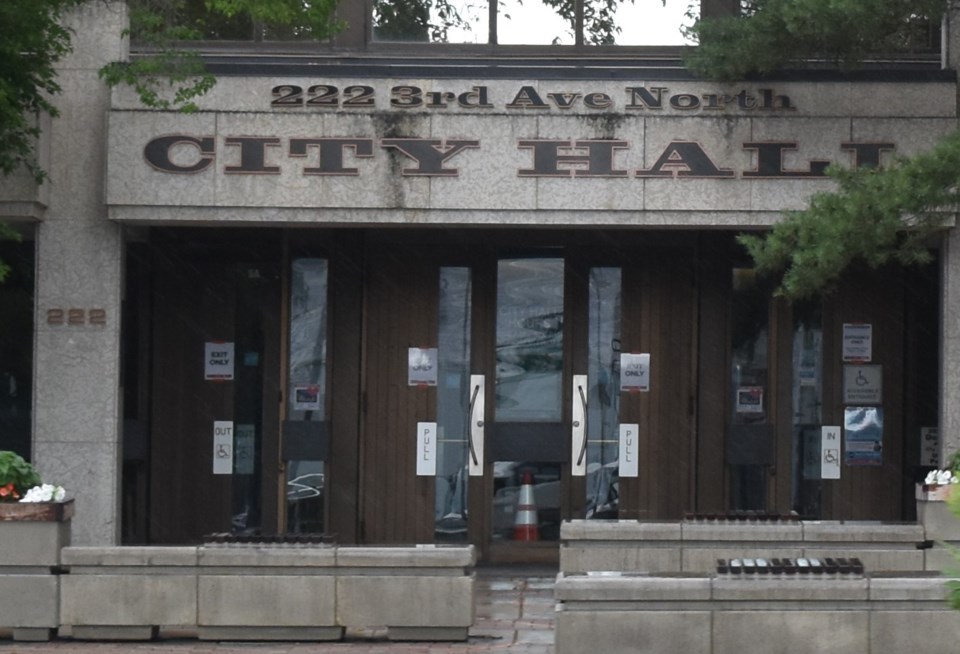SASKATOON — Households with black garbage and blue recycling bins will be getting an additional green cart as part of the city’s initiative of collecting food scraps and yard wastes that can be turned into compost.
The project will begin in spring, with all households, without green carts getting their new bins delivered to the front of their homes between mid-March and the end of April. The green carts will have an information package, and kitchen pail included.
Households that already have a green cart will continue to have their existing bins but will also get the kitchen pail used to collect food waste. The bucket will be inside the home and the contents will then be transferred into the green cart.
Saskatoon Director of Water and Waste Operations Brendan Lemke said that although an average monthly fee of $6.73 will be charged on utility bills starting in May, the money will cover the collection, composting, cart maintenance, and education and program management.
“This is a cost-neutral program, so it’s not intended to bring revenue back to the city. The costs we’re charging on the utility bill are designed to cover the costs associated with collecting and processing the material,” said Lemke.
Residents who use the large communal garbage and recycling bins are not affected by the changes and will not be charged monthly. Businesses and organizations that produce food and yard waste will be required to segregate it from the garbage starting this summer.
With most of what households throw away can be put in the green cart, the collection will be on a biweekly basis once the service begins in May. The green carts will be placed at the exact location where homeowners leave black and blue bins.
A third-party processing facility will take the collected materials. It will convert the waste into nutrient-rich compost faster and at higher temperatures than at-home composting or a compost depot. The compost produced will meet the highest certification as a safe and healthy fertilizer that can be used for yards, gardens and farms.
Lemke added that the project is the city’s way of taking a step forward on waste diversion. The new green cart program will help divert up to 20,000 tons of organic and other food waste from the Saskatoon landfill annually, or roughly 3,300 garbage truckloads.
“Our studies show that up to 57 per cent of what Saskatoon households throw [away] can be put to sustainable use. Lawn clippings, leaves, meat, dairy and soiled paper are among the many things that residents can divert from their garbage to the green cart,” said Lemke.
The city’s study also showed that about 28 per cent of the waste could be put inside garbage bins, eight per cent are recyclables and the remaining seven per cent are electronics and hazardous and construction debris.
Lemke said residents should start considering how to get rid of their waste correctly by answering the question if it would go to the green cart for composting, the black cart for the landfill and the blue for recycling and reuse.
“By asking ourselves these questions and putting our waste in the right place, we are helping protect the health of our land, air and water while reducing the need for a new landfill,” said Lemke.
For more information about green carts and to download the Saskatoon Waste Wizard app, where you can check collection dates and sign up for collection reminders, please visit saskatoon.ca/greencart.




